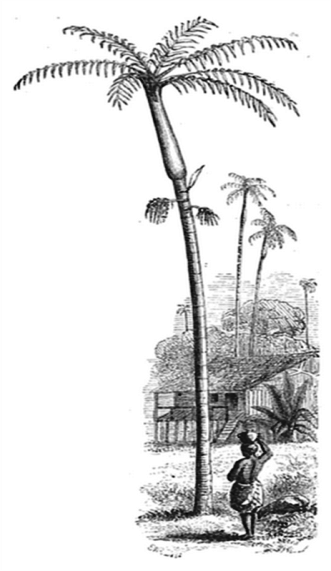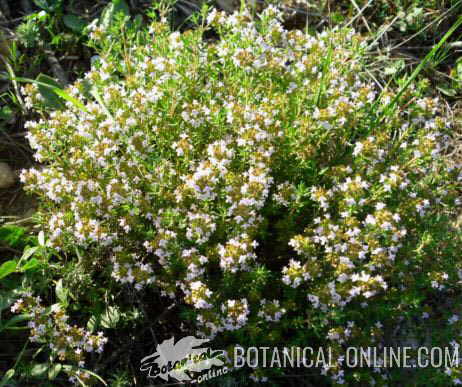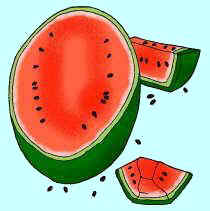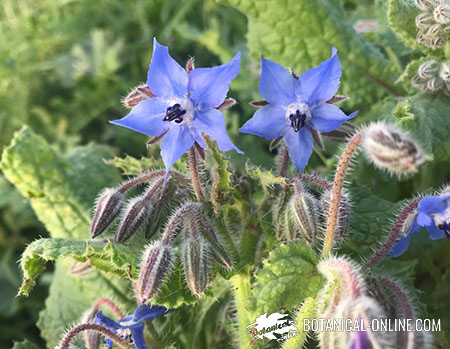Contents
What is an acai?
Botanical description of acai (Euterpe oleracea)
Common name: Açaí
Family: Arecáceas, Arecaceae.
Acai (Euterpe oleracea) is a monoecious and multi stemmed palm common in the vegetation of the Amazon and parts of South America.
It is a palm with a slender stem, distinguished by its tall and slender stipes, which can reach 8 to 25 feet high by 7 to 20 centimeters in diameter.
This palm is increasingly becoming more popular because of its many uses in both food and in the tradition of tropical people. It is currently being investigated because of its great importance for its medicinal uses.
The Latin name of this species of palm, oleracea, tells us some of the nutritional properties of fruit.
Indeed, oleracea describes the property of oil content of the acai fruit, predominantly fats including omega 9 type or monounsaturated oleic acid.
Historical consumption of acai
Acai has been part of the culture and cuisine of indigenous people for centuries. Its use dates from pre-Columbian times and even today it is an important dietary mainstay for many people, besides being an agricultural product which employs thousands of families, both at harvest and in the manufacture of acai.

In the image: Acai palm (Euterpe oleracea).
Acai is grown intensively in the Amazon territory from 1980, and it is destined for export trade of its fruit (Acai pulp) or for acai hearts.
Currently, many environmental groups warn of the ecological impacts posed against acai palm farms in virgin forest, most destined for pulping or palm, as they lack a reforestation program later.
* More information of antioxidant properties
Did you know… The Acai palm is widely grown in the Amazon, where it has adapted to its climate and seasonal flooding. It has been extended so much that it occupies an area the size of Switzerland. |
Uses of açaí in the Amazon rainforest
In the Amazon rainforest, the açaí fruit serves as food for many animals, both aquatic, such as reptiles, mammals and birds. Among these, we can mention: toucans (Ramphastidae spp.), tataupa tinamou (Crypturellus tataupa), Colombian white-headed (Cebus capucinus), Central American spider monkey (Ateles geoffroyi), South Amazon tapir (Tapirus terrestris), collared peccari (Tayassu tajacu), yellow-footed tortoise (Chelonoidis denticulata) and different species of fish.
Acai etymology
- The name of the genus Euterpe comes from the muse of music called Euterpe from ancient Greek mythology. It symbolized happiness and good humor, and this botanical genus is designated to slender palm trees with pinnate leaves.
- The oleracea species refers to its composition rich in fat (oil).
- Açaí is the Portuguese derivation of the word in ïwasa’í, which means “the part of the fruit that cries” in the Tupi language, the vernacular of the Amazonian tribes.
Other names for acai
Where the plant originates from, it has several names: Açaí, Acaizeiro, Palma del Rosario, Huasaí, Palma Manaca, Murrapo, Naidí, Palmito, Chonta, Guasai, Juçara, among others; due to the extension of the plant through the Amazon rainforest and the many peoples that use it and name it differently.
![]() More information on acai
More information on acai








